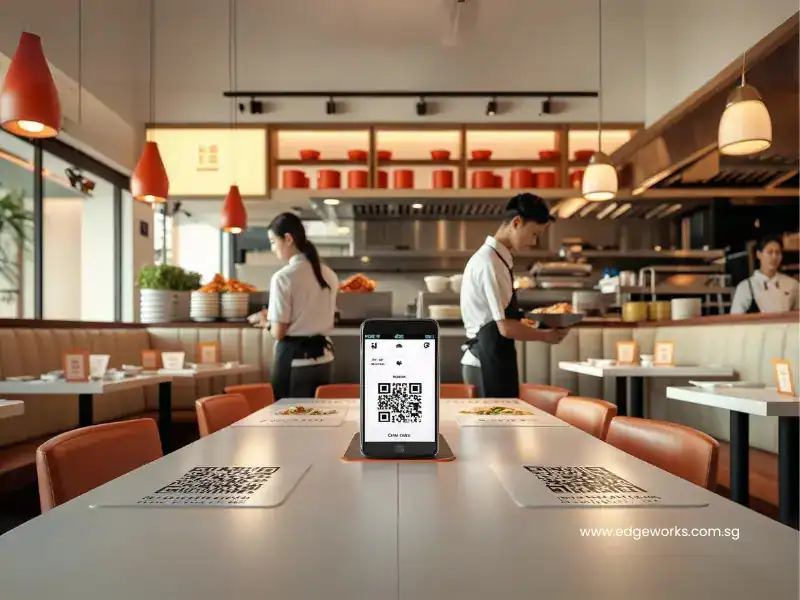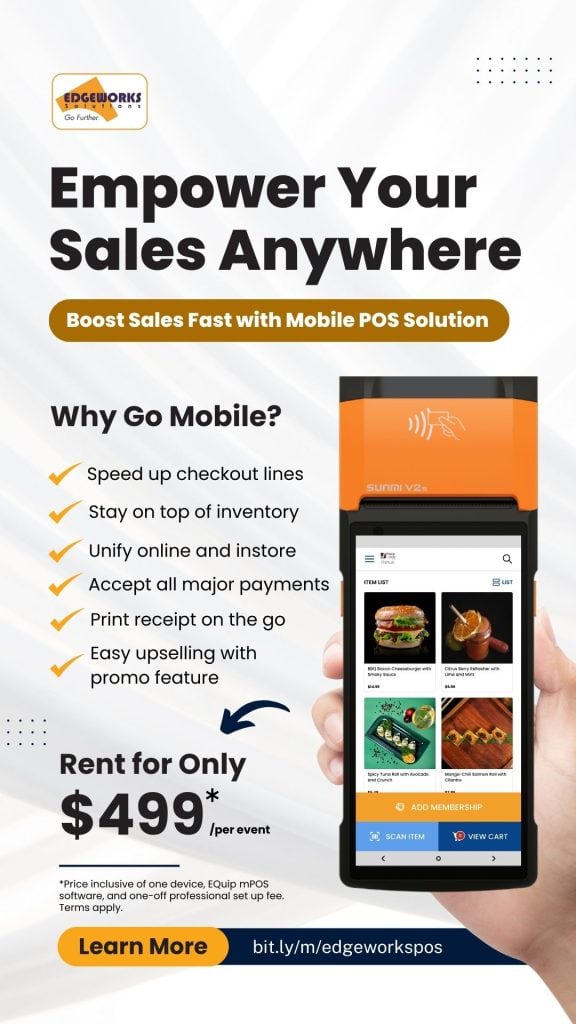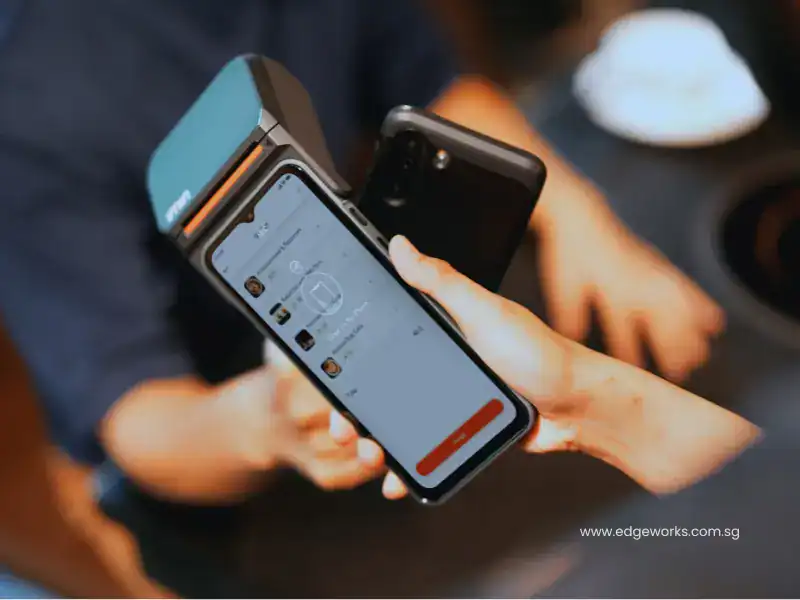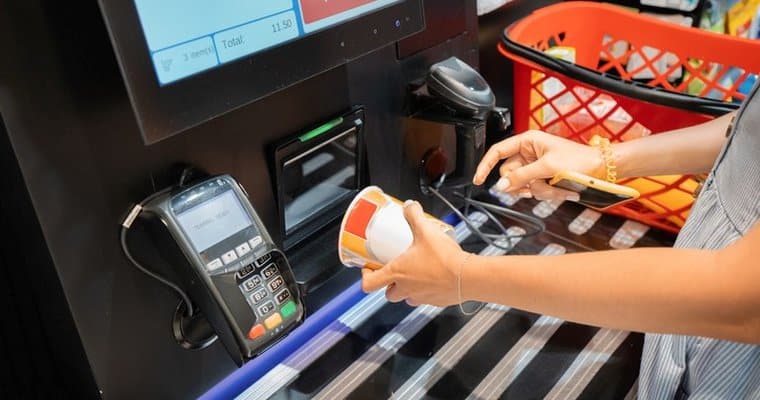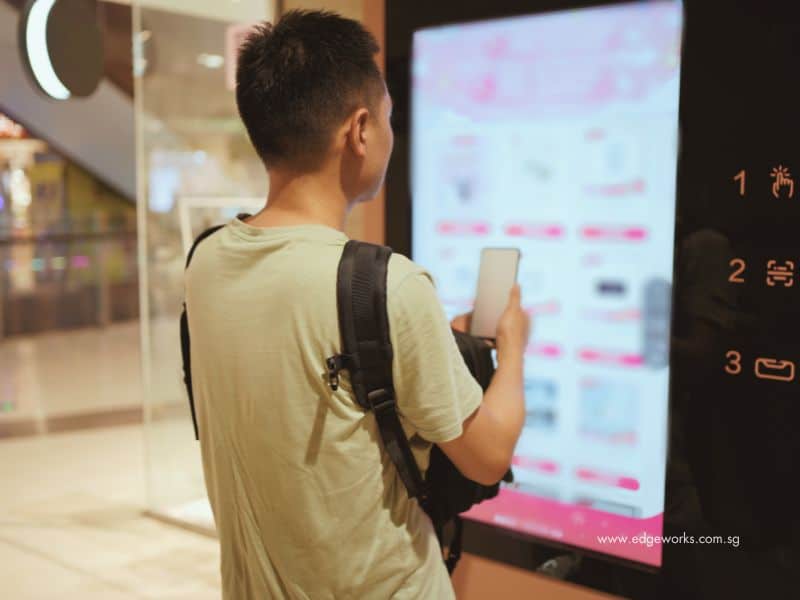Self-service mobile ordering is transforming how Singapore’s smartest F&B and retail chains handle staff shortages and rising customer expectations. Here are 5 proven strategies to stay ahead.
The Reality Check: What Singapore Multi-Chain Operators Face Today
Walk into any popular chain during lunch hour in Singapore, and you’ll see the same story playing out. Long queues, stressed staff, and customers checking their phones, calculating if they have time to wait.
Behind the scenes, managers are juggling even bigger challenges. Finding skilled staff has become harder than ever—79% of Singapore organizations now struggle to find talent, and the F&B sector has been hit particularly hard since 2023.
For multi-chain operators, these problems multiply across every location. One busy outlet with insufficient staff affects the entire brand’s reputation. One location with outdated processes slows down expansion plans.
The solution isn’t just hiring more people—it’s working smarter with the people you have.
Win #1: Free Up Your Staff for Higher-Value Tasks
When customers can scan a QR code, browse your menu, and place their order directly, your staff aren’t tied up taking orders during rush periods. They can focus on food preparation, customer service, and maintaining quality standards.
This isn’t about replacing human interaction—it’s about freeing up your team to deliver better service where it counts.
Win #2: Deliver Consistent Experience Across All Outlets
Multi-chain operators know the challenge: ensuring every location delivers the same quality experience. With self-service mobile ordering, your menu, pricing, and promotions are synchronized across all outlets instantly.
No more reprinting menus when you launch a new item. No more training staff on complicated promotion rules. Changes made in your central system appear everywhere immediately.
Win #3: Cut Queue Times and Boost Customer Satisfaction
Mobile ordering naturally distributes order volume throughout the day. Customers can order ahead during their commute, reducing the crush during traditional peak hours. Those who prefer to order on-site can do so without waiting for staff availability.
Win #4: Increase Revenue Through Smart Upselling
Here’s what multi-chain operators typically see after implementing self-service mobile ordering:
Queue reduction: 35-40% shorter wait times during peak hours
Order accuracy: Fewer mistakes from miscommunication
Average order value: 15-30% increase through strategic upselling
Staff efficiency: More time for customer service and operations
These improvements compound across multiple locations, creating significant operational benefits for growing chains.
Win #5: Scale Operations Without Scaling Problems
Growing your chain doesn’t have to mean multiplying your operational headaches. Self-service mobile ordering creates a scalable foundation that works just as well for your 5th outlet as it does for your 50th.
When you add new locations, there’s no need to retrain staff on complex ordering procedures or worry about inconsistent service quality. The system handles the complexity while your team focuses on execution.
Real-World Impact: How Singapore Chains Are Adapting
Consider a local bubble tea chain that started with three outlets. During peak afternoon hours, each location would have queues of 10-15 people, with some customers leaving due to long waits.
After implementing mobile ordering, they noticed customers started placing orders before arriving at the outlet. Peak hour queues dropped to 3-5 people, and customer satisfaction scores improved significantly.
More importantly, they could expand to new locations faster because the streamlined ordering process required fewer staff during busy periods.
Getting the Technical Details Right
Integration Without Disruption
The key to successful implementation is ensuring your mobile ordering system works seamlessly with your existing operations. This means integration with your POS system, inventory management, and payment processing.
Your kitchen staff should see orders from all channels—mobile, in-store, delivery platforms—in one unified queue. Your inventory should update in real-time regardless of how customers place their orders.
Data That Drives Better Decisions
Every mobile order provides valuable data: peak ordering times, popular items, customer preferences by location. This information helps you optimize staffing, inventory, and promotions across your entire chain.
For example, if data shows that certain outlets have higher demand for specific items, you can adjust inventory accordingly rather than applying blanket policies across all locations.
The Edgeworks Advantage for Multi-Chain Operations
While many providers offer mobile ordering solutions, Edgeworks understands the specific challenges of managing multiple outlets in Singapore.
- Unified Management: Control all your locations from a single dashboard. Update menus, adjust pricing, and monitor performance across your entire chain.
- Flexible Implementation: Start with one or two outlets, then roll out to additional locations as you’re ready. No need to overhaul your entire operation at once.
- Local Payment Integration: Seamless integration with popular Singapore payment methods, from credit cards to digital wallets like PayNow and GrabPay.
- Scalable Architecture: Whether you’re managing 3 outlets or 30, the system grows with your business without requiring major infrastructure changes.
Making the Transition Smooth
Start Where It Makes the Most Sense
Don’t feel pressured to implement everywhere at once. Choose your busiest outlet or the one with the most staffing challenges. Test the system, gather feedback, and refine your approach before expanding.
Train Your Team Gradually
Your staff should understand how mobile orders integrate with their existing workflow. The goal is to make their jobs easier, not more complicated.
Communicate the Benefits to Customers
Some customers may initially prefer traditional ordering. Make sure your staff can explain the benefits: faster service, no waiting in line, ability to customize orders without pressure.
The Bottom Line for Multi-Chain Success
Self-service mobile ordering isn’t just about technology—it’s about creating a sustainable business model that can grow with Singapore’s evolving market demands.
With labor shortages continuing and customer expectations rising, chains that adapt now will have a significant advantage over those that wait.
The question isn’t whether your customers will embrace mobile ordering—they already have. The question is whether your business will be ready to serve them efficiently.
Ready to see how self-service mobile ordering can transform your multi-chain operations? Connect with our team to discuss your specific challenges and learn how Edgeworks can help you implement a solution that grows with your business.

